 |
Fujifilm has released firmware v 2.0 for the Fuji X-Pro2, bringing many tweaks, changes and bug fixes to the company’s flagship APS-C camera. Among the changes is an increase in the number of focus points to 325, as well as improved phase detection autofocus accuracy via the X-T2’s AF algorithm, improved AF tracking in Continuous L burst rate shooting in AF-C mode, the addition of support for the EF-X500 shoe mount flash, new 15/30 second and 1 minute time options for ‘Auto Power Off,’ and improved optical image stabilization when using the electronic shutter.
The full firmware 2.0 changelog:
- 1. The NUMBER OF THE FOCUS POINT has increased.(*) The options available are 91 POINTS(7×13) and 325 POINTS(13×25) on the NUMBER OF THE FOCUS POINT of the AF/MF SETTING in the Shooting Menu.
- 2. Improvement of phase detection AF accuracy. By employing the new AF algorithm used in the X-T2, the AF accuracy has been improved.
- 3. AF tracking function has been improved when CONTINUOUS L in the AF-C mode.
- 4. In AF-C mode, AE function will work while pressing the shutter button halfway.
- 5. AF tracking function works while CONTINUOUS shooting in the AF-C mode with the Electronic Shutter.
- 6. AF tracking function works while CONTINUOUS H shooting in the AF-C mode instead of zone AF.
- 7. STILL IMAGE(single frame shooting) is available when CONTINUOUS L in the AF-C mode.
- 8. The focus point of Eye Detection AF has been changed to the eye closer to the camera.
- 9. Compatibility with the Shoe Mount Flash EF-X500.(*) Additional functions like the multi-flash lighting, high-speed flash sync and so on can be used with the EF-X500. Accordingly, the FLASH SETTING and the Shooting Menu is dramatically changed.
- 10. The items that can be assigned to the Quick Menu have changed.(*) FLASH FUNCTION SETTINGS and FLASH COMPENSATION have been added due to the compatibility with the Shoe Mount Flash EF-X500.
- 11. The roles that can be assigned to the Function buttons have changed.(*) FLASH FUNCTION SETTINGS, TTL-LOCK and MODELING FLASH have been added due to the compatibility with the Shoe Mount Flash EF-X500.
- 12. Addition of AUTO POWER SAVE.(*) AUTO POWER SAVE option has been added to the POWER MANAGEMENT of the Setup Menu. Select ON to save the power consumption and make the battery life longer.
- 13. Addition of setting time in AUTO POWER OFF.(*) 15 SEC, 30 SEC and 1 MIN have been added to the AUTO POWER OFF of the POWER MANAGEMENT in the Setup Menu.
- 14. S.S OPERATION option has been added to BUTTON/DIAL SETTING in the Setup Menu.(*) Select OFF to disable the shutter-speed fine-tuning using the command dials.
- 15. Change of the CORRECTED AF FRAME in the OVF.(*) Specification of the CORRECTED AF FRAME of AF/MF SETTING in the Shooting Menu has been changed. OFF: The frame moves according to parallax to show the focus point. ON: The CORRECTED AF FRAME in the OVF is fixed on the recommended value described in the Owner’s manual. If the minimum focus range of the attached lens is greater than the recommended value, the frame is displayed on the position of the minimum focus range. *Upgrade the firmware of the lenses after the firmware of the camera is upgraded.
- 16. The phenomenon is fixed that in rare cases the magnification of the OVF doesn’t switch appropriately when a lens is changed.
- 17. The bright frame movement in the OVF has become more smoothly while zooming in and out.
- 18. OIS function has been improved while using Electronic Shutter.
- 19. The phenomenon is fixed that in rare cases frames of live view on a smartphone drop while using the application software “FUJIFILM Camera Remote”.
- 20. The phenomenon is fixed that exposure sometimes doesn’t change appropriately in Aperture Priority AE while using an M MOUNT ADAPTER.
Articles: Digital Photography Review (dpreview.com)
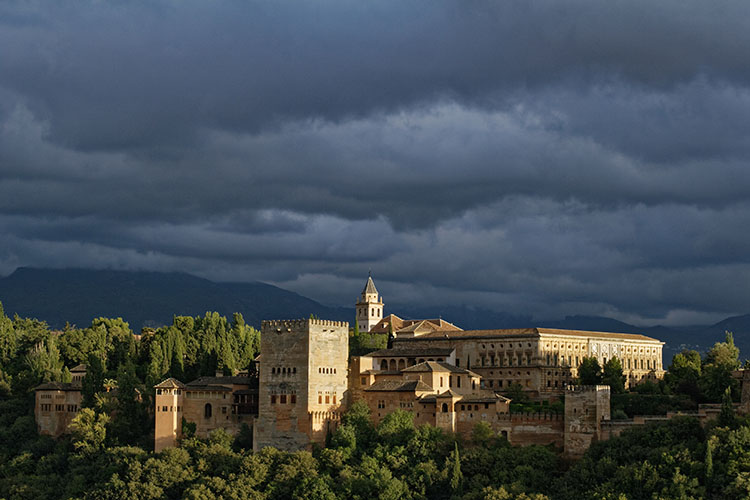
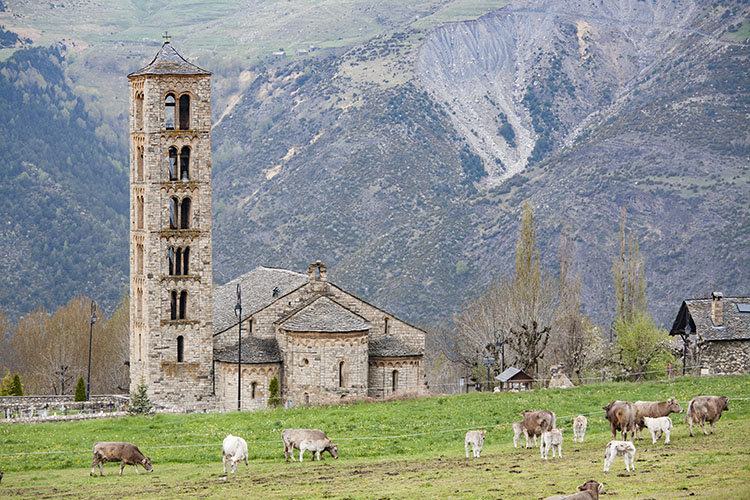
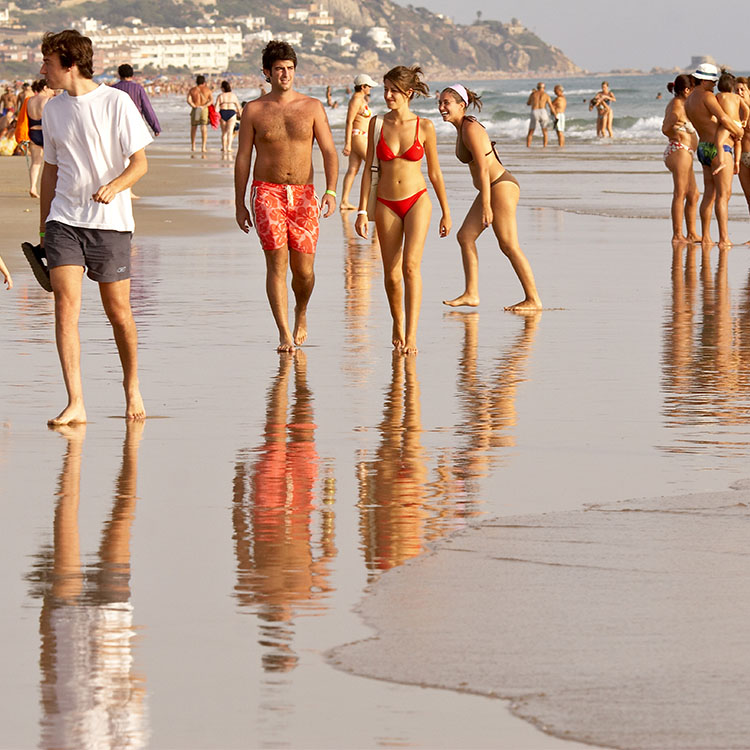
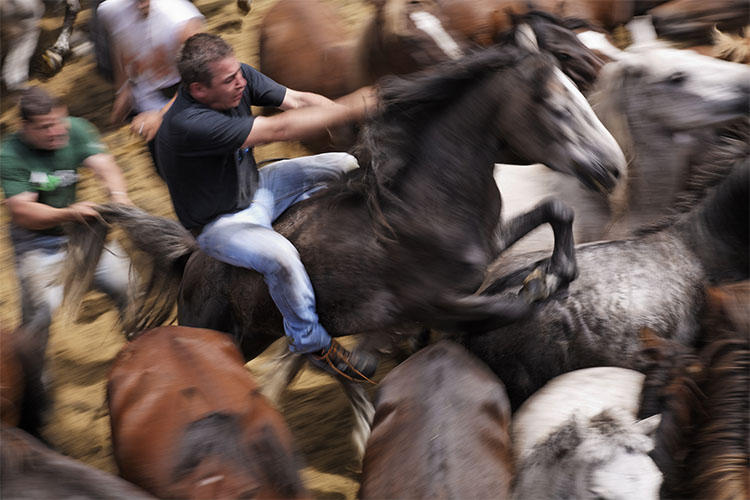
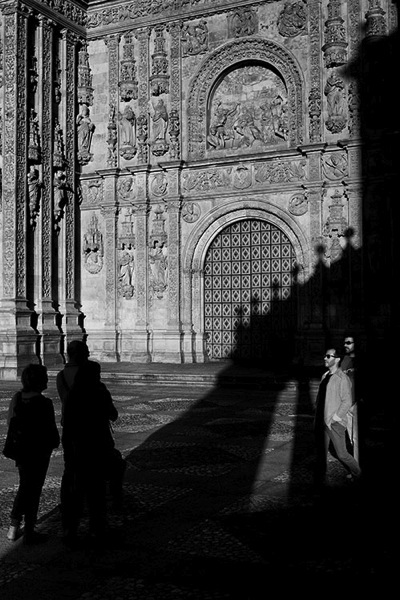
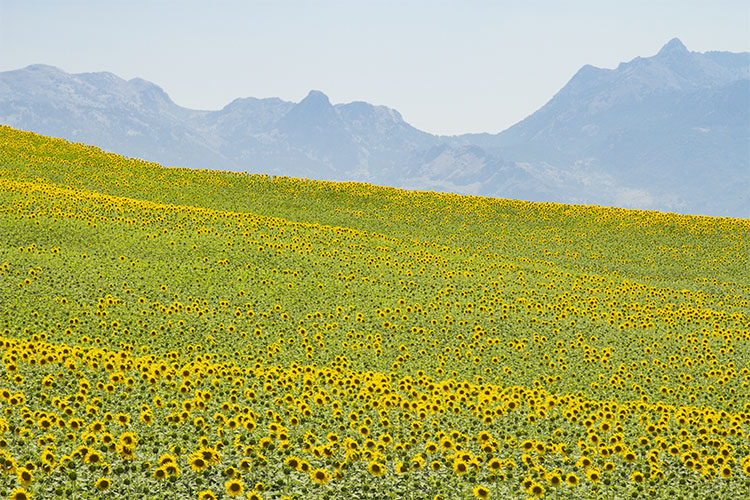













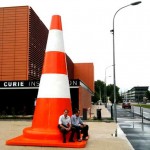
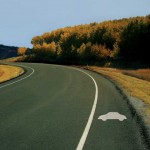











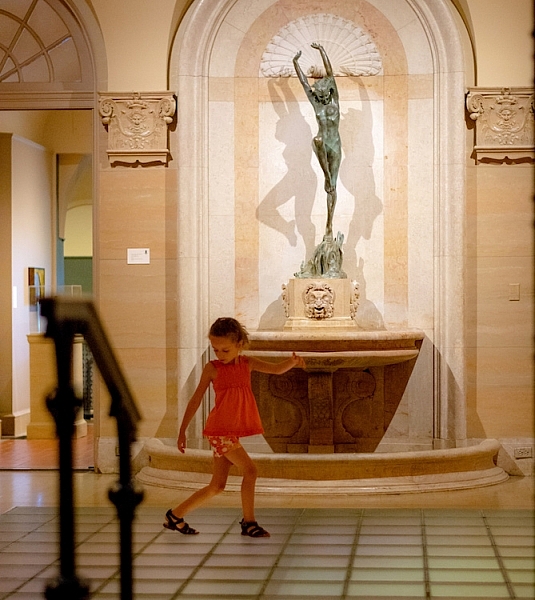




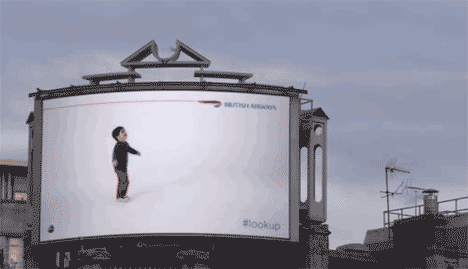
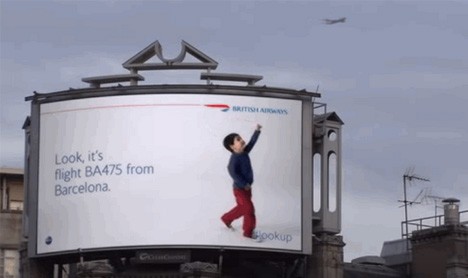
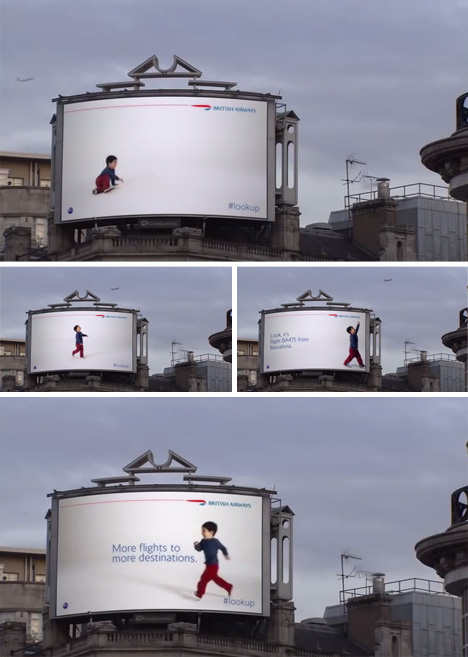
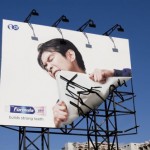


You must be logged in to post a comment.